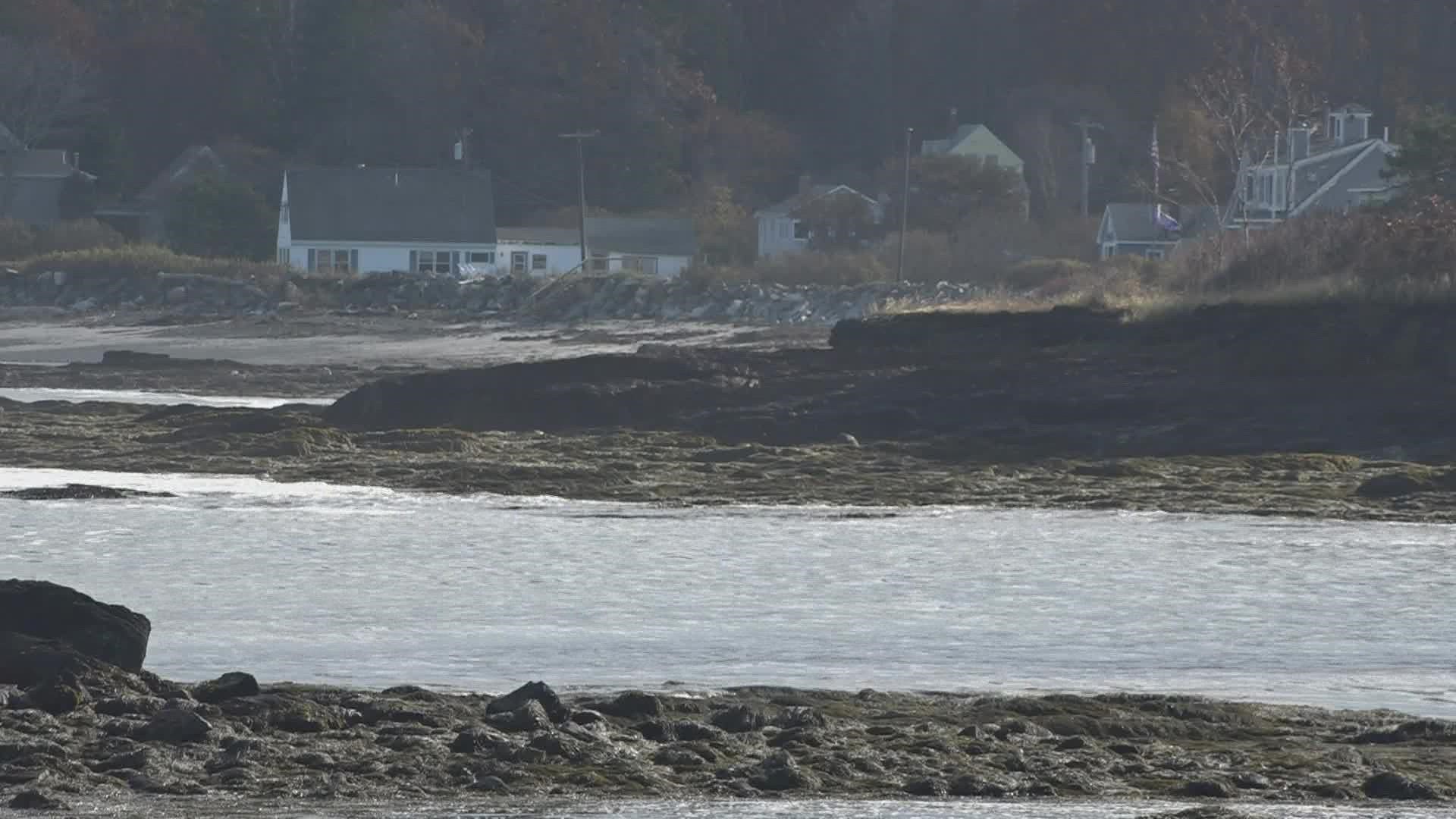CAPE ELIZABETH, Maine — Rising sea levels and more severe storms are two impacts of our changing climate. As a result of that change, people who live in waterfront homes across the country may be about to pay a lot more in flood insurance.
Flooding is the most common and expensive natural disaster Americans face, according to FEMA.
In most cases, flooding is not covered under a regular home insurance policy. If a homeowner wants to be covered for floods, they need a special flood plan, most of which are covered by FEMA's National Flood Insurance Program.
Recently, the program was significantly reshaped. It's a change the agency is calling Risk Rating 2.0.
In an explanatory video for the program, FEMA said, "FEMA has spent decades investing in high-quality mapping data and to help inform flood risk and set flood insurance rates. Now, we're leveraging that data."
Starting this past October for new homeowners and in April 2022 for existing homeowners, Risk Rating 2.0 will price each home's policy based on its individual risk level.
"FEMA will consider your home's distance to a flooding source, the types and frequency of flooding, and property characteristics like cost to rebuild," FEMA said.
Risk Rating 2.0 will most significantly impact property owners in states like New Jersey, Louisiana, North Carolina, and Florida.
According to Maine insurance agent Cale Pickford, who works for Allen Insurance and Financial, the new evaluation system will have the least significant impact on New England.
"At least the initial indication is that Maine might actually benefit from these changes," Pickford said. "I think in the past we've actually been subsidizing the higher risk flood areas."
Despite having one of the longest coastlines in the country, second only to Alaska, Maine's bays, inlets, and protected coves do a good job of protecting many waterfront homes.
"For the most part," Pickford said, "the coast of Maine is highly protected with some of the best harbors in the world and that certainly benefits us."
Homeowners in Maine's most southern coastal towns, however, could see their premiums hiked by FEMA's new system. Those coastal beach towns have less protection from storm surges.
"Flood insurance is top of mind for anybody who lives on the water. Certainly, what we're seeing across the country is an increased number of flooding events," Pickford said.
The new rates will be phased in over several years. To learn more about Risk Rating 2.0, click here.

